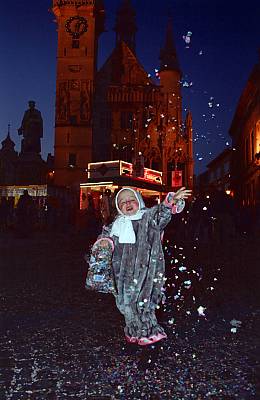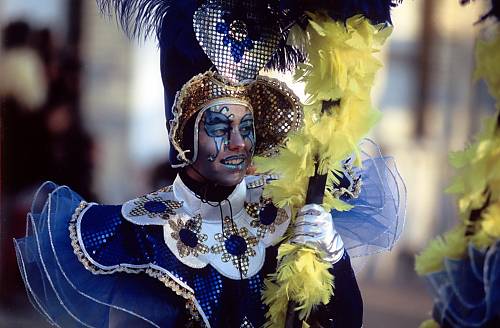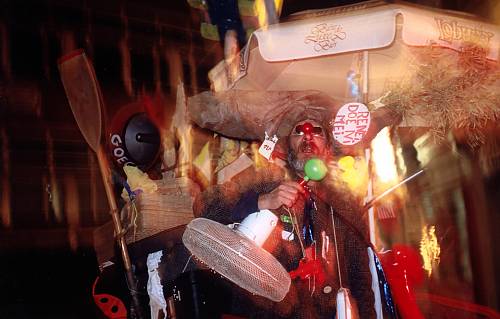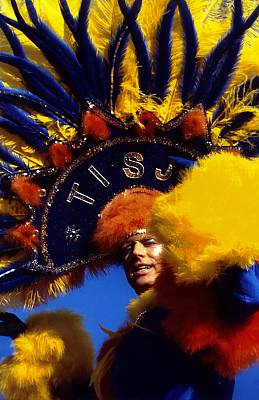Aalst carnival
Inscribed in 2010 (5.COM) on the Representative List of the Intangible Cultural Heritage of Humanity
Removed in 2019 (14.COM)
from the Representative List of the Intangible Cultural Heritage of Humanity
The Intergovernmental Committee for the Safeguarding of the Intangible Cultural Heritage has removed the Aalst carnival from the Representative List of the Intangible Cultural Heritage of Humanity in 2019 (Decision 14.COM 12).
For further information, see document LHE/19/14.COM/12+Add. (English|French).

When the three-day Aalst Carnaval begins each year on the Sunday before the Christian Lent, it is the culmination of a year of preparation by the inhabitants of this city in East Flanders in northern Belgium. Exuberant and satirical, the celebration features a Prince Carnaval, who symbolically becomes mayor and receives the key to the city in a ceremony marked by ridicule of the city’s actual politicians; a procession of effigies of giants and ’Bayard’, the horse from the Charlemagne legends; a broom dance in the central market to chase away the ghosts of winter; a parade of young men dressed as women with corsets, prams and broken umbrellas and a ritual burning of the carnival effigy – accompanied by shouts insisting that the feast will go on for another night. In addition to the carefully-prepared floats of official entrants, informal groups join the festivities to offer mocking interpretations of local and world events of the past year. The 600-year-old ritual, drawing up to 100,000 spectators, is a collective effort of all social classes and a symbol of the town’s identity in the region. Constantly recreated by new generations, the ancient carnival’s collective laughter and slightly subversive atmosphere celebrate the unity of Aalst.









